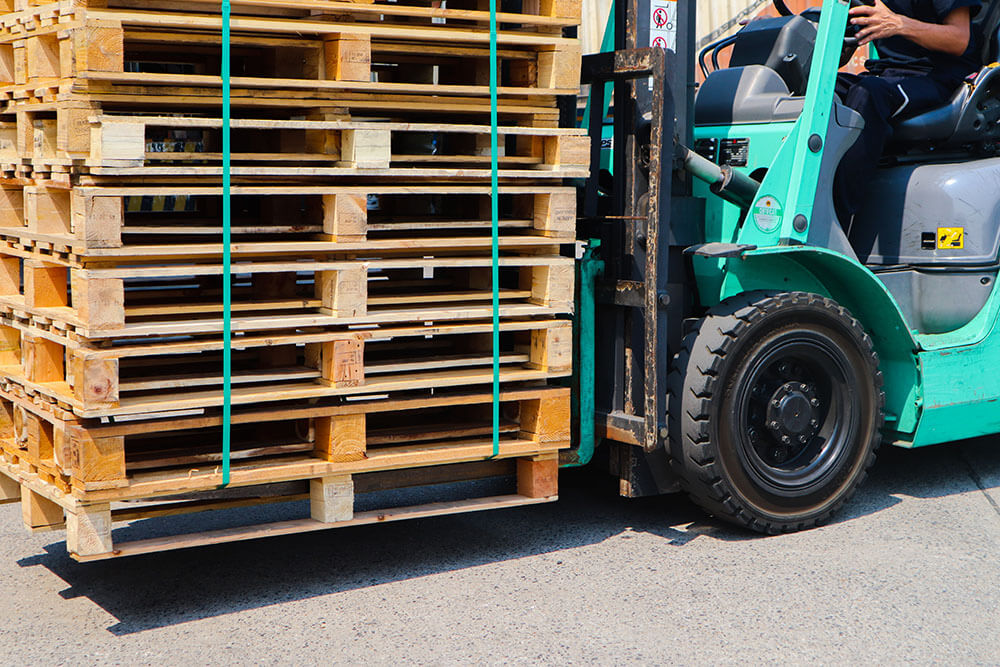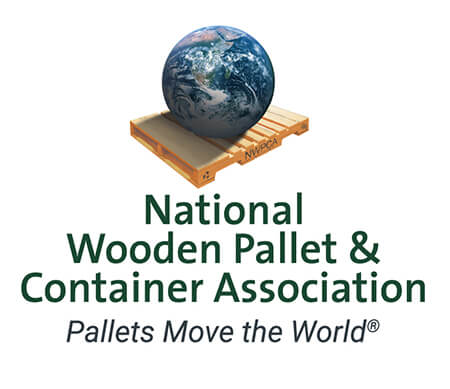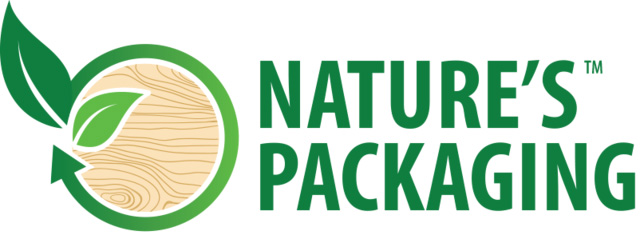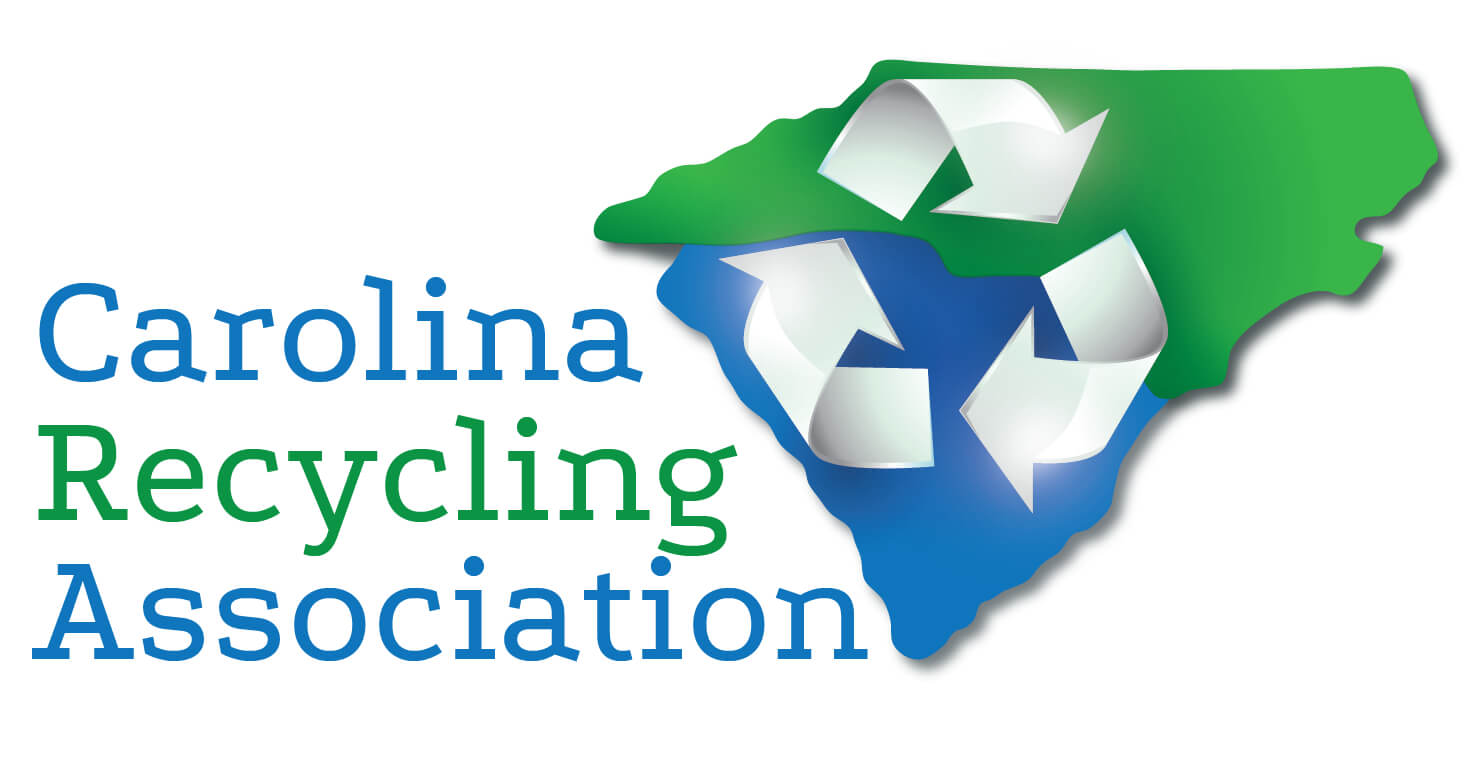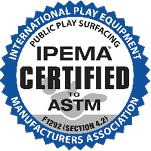Keith Reinstetle is PalletOne’s Vice President of Sales.
Click to read the rest of this series: Part 1 | Part 2 | Part 3 | Part 4
With pallet specifications verified and delivery needs identified, the next step is to provide the other important information required by the pallet provider. Such facts include a listing of customer locations, pallet quantity by type required at each site, as well as other considerations such as seasonal variation in requirements.
Additionally, if the pallet provider has not been permitted to perform a site audit as outlined in Part 2 , those same audit items need to be detailed at a plant-by-plant level to ensure a bid that best meets all of your requirements. The list includes transportation and delivery details such as flat deck versus van, pallet provider equipment versus customer equipment, loading dock configuration, pallet and trailer storage space availability, and whether pallets need to be banded, to name some considerations There are also unit load and material handling equipment considerations related to the products the pallet will be carrying, how high unit loads are stacked or the racking system requirements, and the automated systems where it will be used.
For a corporate-led buying process, it is critical to understand that even though each of your plants might have the same business sign out in front, each location operates differently to varying degrees. Those differences will have implications for pallet specification and delivery requirements. Why are plant requirements unique? Oftentimes plant networks include locations that have been added through merger and acquisition activity, or there are newer plants that may have higher dock doors and more advanced equipment than older ones. If you assume a “one size fits all” approach to specification and delivery requirements, there are likely going to be some unhappy plants and recurring headaches as a result.
While it is crucial for the pallet provider to be on the same page as the corporate procurement team, once the contract has been signed, the corporate group typically closes the pallet file and moves on to its next project. That’s why it is so important for the pallet company to also be on the same page as the plants.
By creating a relationship at the plant level, we can better understand the challenges faced by each one, from understanding the initial requirements to maintaining an ongoing line of communication as things change over time. At the end of the day, plants typically have to live with the corporate pallet procurement decision, but by utilizing the approach described above, they have the best opportunity for a worry-free pallet experience.
In the final installment of this series, we examine the pros and cons of the reverse auction process. Click here to read part 4

